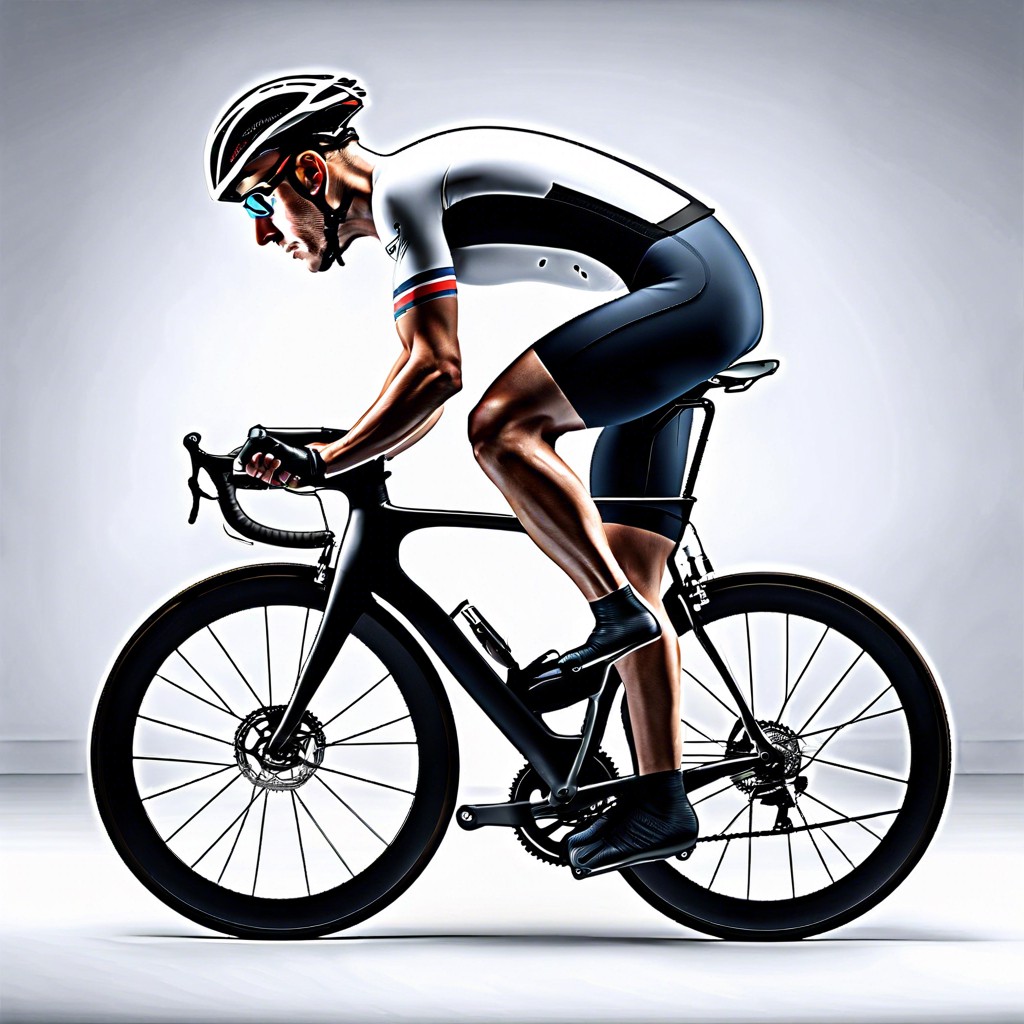Discover the fundamentals of bike fitting to enhance comfort, improve performance, and prevent injuries.
Key takeaways:
- Accurate bike fitting optimizes comfort, efficiency, and power on the bike.
- Key contact points – saddle, pedals, and handlebars – must be correctly aligned.
- Improper bike fit can cause knee pain, hand numbness, and lower back discomfort.
- Professional bike fit sessions involve pre-fit interviews, physical assessments, and dynamic adjustments.
- Investing in a professional bike fit enhances performance and prevents injuries.
Importance of Accurate Bike Fitting

An accurate bike fit optimizes comfort, efficiency, and power on the bike. Ensuring that the bicycle is tailored to the rider’s measurements reduces the risk of injury and increases overall enjoyment. When key contact points—saddle, pedals, and handlebars—are correctly aligned with the cyclist’s body, the result is a seamless integration of human and machine.
The right fit prevents common cycling ailments, such as knee pain, lower back discomfort, and numbness in the hands or feet. By distributing pressure evenly, a properly fitted bike encourages greater stability and control, allowing riders to tackle longer distances with confidence.
Additionally, an accurate bike fit can significantly improve a cyclist’s aerodynamics, making for a more energy-efficient ride. For competitive cyclists, the precise adjustments made during a bike fit can translate into marginal gains that can be the difference between podium places and the peloton.
Every rider, irrespective of experience level, can benefit from a bike fit. Whether aiming for comfort on a weekend ride, embarking on a bike touring adventure, or striving for performance in races, an accurate bike fitting is a foundational element that enhances the cycling experience.
Key Components of Bike Fit
A precise bike fitting hinges on three pivotal contact points: the saddle, pedals, and handlebars. These determine rider comfort, efficiency, and power output.
Saddle height affects leg extension during pedaling. Ideally, there should be a slight bend in the knee at the bottom of the pedal stroke. Saddle fore/aft position ensures proper alignment of the knee over the pedal spindle, optimizing power and reducing strain.
Handlebar height and reach influence upper body positioning. Adjustments to these areas can alleviate pressure on the hands, wrists, shoulders, and neck, enhancing overall comfort and aerodynamics.
Pedal and cleat positioning are critical for efficient power transfer and minimizing the risk of injury. Correct cleat positioning allows for natural foot alignment and smooth pedal strokes.
Stem length and angle adjustments help refine handlebar reach and height, fine-tuning the bike’s handling characteristics and rider comfort.
These principles form the cornerstone of bike fitting, ensuring a tailored setup that syncs with the cyclist’s unique morphology and riding style.
Common Signs of Improper Bike Fit
Experiencing discomfort while riding often indicates a misalignment in the bike’s setup. Knee pain, particularly around the patella, suggests the saddle height or fore-aft position may need adjustment. Hand numbness or wrist pain often arises from handlebars that are too far, too high, or too low, leading to awkward positioning and excess pressure. Shoulder or neck soreness after riding can be attributed to an overextended reach to the handlebars, necessitating a change in the stem length or handlebar height.
Lower back pain is a common ailment that may originate from an overarched or slouched riding position, calling for tweaks to the saddle angle or the overall bike geometry. Saddle discomfort, including pressure points or chafing, can result from an incorrect saddle height, tilt, or type that does not match the rider’s anatomy. Lastly, frequent foot numbness or tingling indicates that the shoe-cleat position may be improperly aligned with the pedal axis, or the shoes may be too tight or incorrectly sized. Addressing these signs promptly can not only enhance comfort and efficiency but also avert chronic injury.
Steps of a Professional Bike Fit Session
A professional bike fit session typically begins with a pre-fit interview to understand the rider’s goals, injury history, and current cycling habits. This informs the fitter’s approach and tailors the session to the individual’s needs.
Next, a physical assessment follows, focusing on flexibility, range of motion, and leg length, which are critical for determining the optimal bike position. The fitter will observe the rider’s posture, both off and on the bike, to identify any biomechanical issues that could affect the fit.
Riders are then placed on their bikes, mounted on a trainer, allowing for a dynamic fit assessment. The fitter adjusts saddle height and position, handlebar height, stem length, and the cleat placement, while continuously evaluating pedal stroke and rider comfort.
High-tech tools, such as motion capture systems and pressure mapping, are often employed. These provide detailed feedback on the rider’s position and movement, enabling precise adjustments.
Throughout the process, open communication is maintained, ensuring the adjustments meet the rider’s expectations and improve their riding experience. The goal is to achieve a balance of performance, efficiency, and comfort, which can lead to enhanced endurance and reduced risk of injury.
Cost and Value of a Professional Bike Fit
Investing in a professional bike fitting can initially seem like a substantial financial commitment. The cost typically ranges from $100 to $300, depending on the level of detail and expertise offered. However, the long-term value acquired from a correct fit greatly outweighs this initial outlay.
A proper fit enhances riding efficiency, allowing you to pedal with greater power and sustain comfort over longer distances. This optimization often leads to improved performance and a reduced risk of injury. As your body changes or as you adjust your cycling goals, follow-up fittings can help maintain the ideal position.
Moreover, relieving discomfort by adjusting your bike to your specific measurements can save money in the long run. Cyclists may otherwise spend hundreds on new components or even a different bike seeking comfort that a professional fit could resolve.
Understanding the bike fit’s value encourages riders to view this service not as a luxury, but as an essential element of their cycling investment that ensures health, comfort, and enjoyment on the bike.